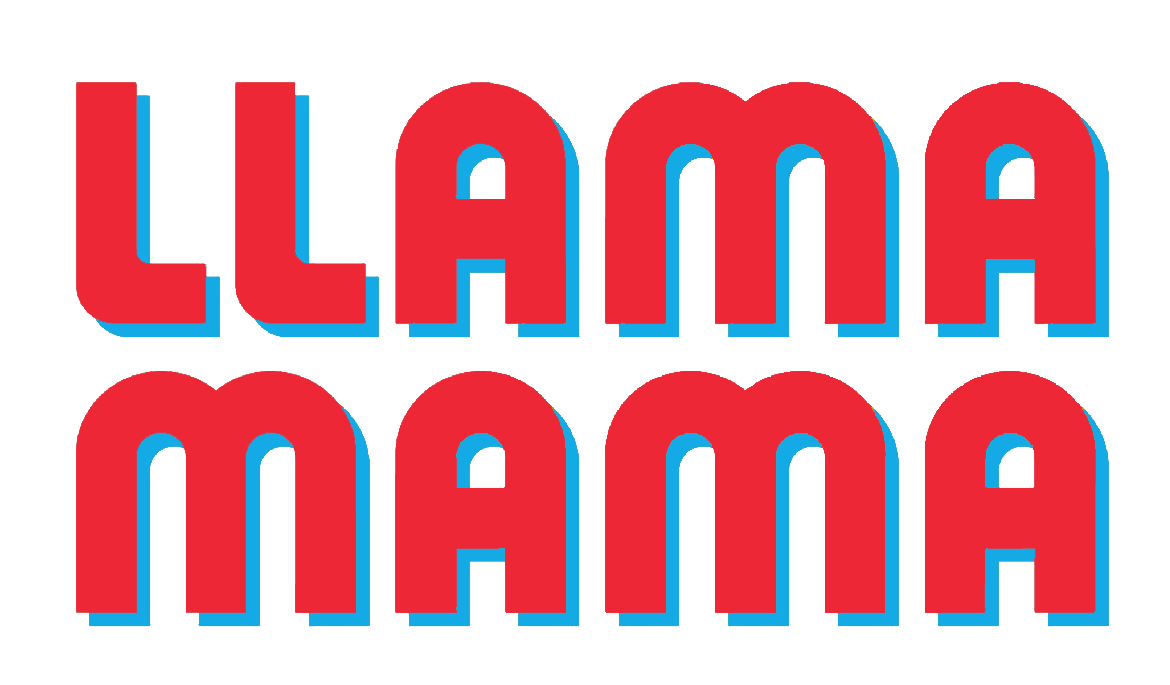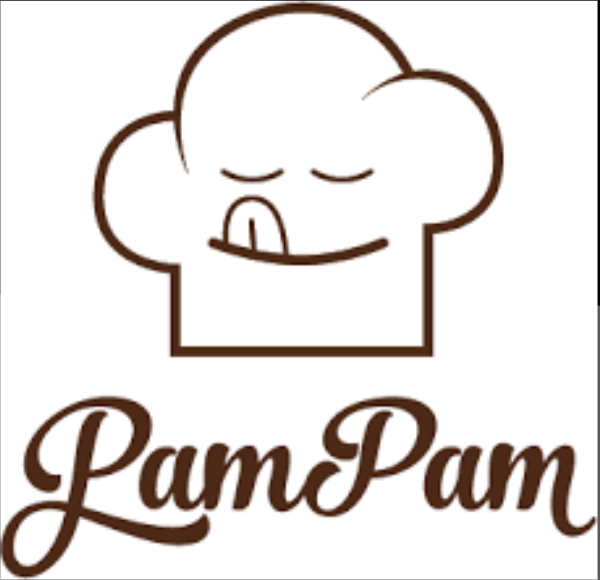Why The Japanese Confectionery Market?
The Japanese confectionery market is a $172.5 billion opportunity. Trends change several times a season across both chocolate and sweet confectionery categories. This makes the Japanese confectionary market fast-paced and full of potential for new entrants.
It’s also challening. Keeping up with the trends and adapting your products to local tastes is just the start. You also have to compete with confectionery giants to earn a spot on store shelves. Not only local, like Meiji, but global like Nestle and Haribo.
But don’t let that put you off. Japanese consumers have strong purchasing power and a sweet tooth for foreign products.
In this article, we’ll introduce an overview of the confectionery market. We'll also tell you how you can unlock the sweet opportunities at its centre.
Overview of the Japanese confectionery market
Traditional Japanese sweets, wagashi, are still popular today. But most of the sweet treats on store shelves will match what you’re used to. Chocolate, gummies, cookies - stores are packed with sweet snacks like these.
Take a closer look at the brands and you’ll see local giants dominate Japan’s confectionery industry. A top 5 ranking by sales (2022) shows the market leaders:
- Lotte | $1.5 billion | gum , biscuits, chocolate
- Morinaga & Co. | $1.2 billion | biscuits, gummies, chocolate
- Ezaki Glico | $1.1 billion | chocolate, biscuits, ice-cream
- Fujiya | $700 million | biscuits, chocolate, gummies
- Meiji | $700 million | Chocolate, gummies
But where do Japanese consumers prefer to sink their sweet teeth? Japanese confectionery market data shows that chocolate is now the top category. Cookies are the next most popular type of sweet snack by sales.
Japanese traditional confectionery continues to decline in market share. This points to changing tastes of Japan’s millennials and younger generations. They now prefer western candy like chocolate and gummies.
Sensing an opportunity, international brands are capturing more of the Japanese confectionery market. Take chocolate for example. Meiji Holdings leads, followed by Lotte and Pladis Ltd’s international brand Godiva. In the gummy category, which has seen strong growth post-COVID, Haribo is second in brand awareness.
During the pandemic sales dipped as consumers splurged less on sweets. Now though, Japanese consumers are once again finding their appetite.
Emerging trends in the Japanese confectionary market
Current trends revolve around keywords such as “healthy” and “premium”. Confectionery makers position their products as a “treat”. An cure for the stressful lifestyle of modern Japanese consumers. At the same time, demand from Japan’s ageing population is important. We're seeing an increase in Japanese confectionery with functional benefits, like vitamin-enriched gummies.
Understanding these trends is a must if you want to break into the Japanese confectionery market. But a key aspect of the market is also how quickly it changes. Let’s take a closer look at what’s behind the ever-changing world of Japanese sweets.
Seasonal trends
The seasons are keywords in the Japanese confectionery industry. You can always appeal to the Japanese consumer with seasonal and ‘limited time only’ products. In Japanese, these are called ‘kikan gentei’. Here, certain flavours connect with specific seasons. You may spot some cherry blossom-flavoured KitKats during spring. Or sweet potato ice cream during fall for example. This strategy can boost sales by creating a ‘buy now or miss out’ environment. You also encourage consumers to try new products constantly throughout the year. Besides traditional Japanese holidays and seasonal events, this includes western holidays too.
The Valentine’s Day season is a lucrative time for the Japanese confectionery market. Many foreign chocolate brands, like Maison Du Chocolat, market their products as luxury gifts in February and March.
Wait, March? You’ve likely heard of the industry-famous White Day. It's a Japanese partner holiday to Valentine's Day that occurs a month later on March 14th. On Valentines Day, women give to men. Men give back one month later on White Day. The double holiday means double profits for chocolate companies. Though this holiday tradition is seeing shrinking sales recently, it’s still an opportunity you cannot miss as a confectioner.
Is the Japanese confectionery market trending towards health?
The global market for low-sugar fruit snacks is forecast to grow to 3.8 billion dollars by 2027. This consumer shift towards health hasn’t evaded Japan. Major gummy brands such as Meiji have launched reduced sugar products in the past year.
The Japanese chocolate industry has also found a growing demand for ‘Free-from’ products. We're seeing more products that are gluten-free, sugar-free, and dairy-free.
Recently, Japanese media have promoted the benefits of high-percent cacao. Chocolate makers have been quick to launch premium high-cacao products.

Sweet biscuits are hopping aboard the health train too with nutritious, lower-in-sugar products. Major producers including Glico, Fujiya, Nestle and more have all launched whole-wheat products.
When it comes to health food trends, plant-based products are another emerging category. Japanese confectioners are gradually jumping on this trend. Especially products aimed at foreign tourists, such as Tokyo Banana. As travel to Japan opens up the market for these products will only grow.
How can a foreign brand find success in the Japanese confectionery market?
So, having surveyed the confectionery market in Japan and reviewed the trends, what can overseas brands do to succeed? Let’s take a look at some of the strategies used by candy brands to win over Japanese consumers
Lindt - Premium Positioning
The Swiss chocolatier is a major player in the Japanese chocolate market.
Lindt has taken advantage of a desire for ‘premium’ snacks in Japan. They did this by positioning itself as a ‘luxury’ alternative to domestic producers. This is a smart strategy. Lindt uses the “artisanal” image of swiss chocolate to appeal to Japan’s love of craftsmanship. In the process, they have given the consumer justification for a higher price point that comes with import costs.
Lindt also knows how to play to the seasons. They release limited products for Japan’s chocolate fests, Valentine’s Day, White Day and Christmas.
GODIVA - Expanding product portfolio and channels
GODIVA are a role model for making the most of your brand. They entered the Japanese market in 1972 and established itself as a premium brand. Since then they have expanded their products in line with trends. Besides chocolate, they also sell ice cream, biscuits and recently, healthy fruit snacks.
GODIVA has used their brand to expand sales channels masterfully. They've found continued success through exclusive collaborations with Japanese convenience stores. They have also opened their own Atelier de Godiva cafe’s. By expanding their universe consumers can enjoy their products with various price points and settings.
Haribo - Giving Japanese customers more of what they want
Haribo saw increased sales of 23% in 2021. The secret to their growth? Giving Japanese consumers what they want.
Haribo reduced the serving size of their “Gold Bear” bags from 100g to 80g. This way they accommodate Japanese consumers’ preferences for smaller serving sizes.

Haribo also continues to trial new products in Japan to cater to Japanese consumers’ love of novelty.
The Japanese snack market is often described as consolidated. But many foreign products have gained a foothold through understanding trends and the consumer mindset. Product innovation is often used to stand out from competitors and reach a wider audience.
It’s time you showed the Japanese confectionery market what it’s missing
Consumers are always on the lookout for new sweet treats. But you need to ensure your product fits with local trends. But these change so fast that this can be a nightmare for newcomers to Japan!
This is where the support of a local expert can help you. Every GourmetPro consultant has decades of experience in F&B in Japan. We can support you from strategy through to execution, every step of the way.
Reach out and let’s start planning your product launch in Japan.


%206.png)
.svg)






.svg)



.svg)
.svg)
.svg)

.svg)

















































.png)



















































